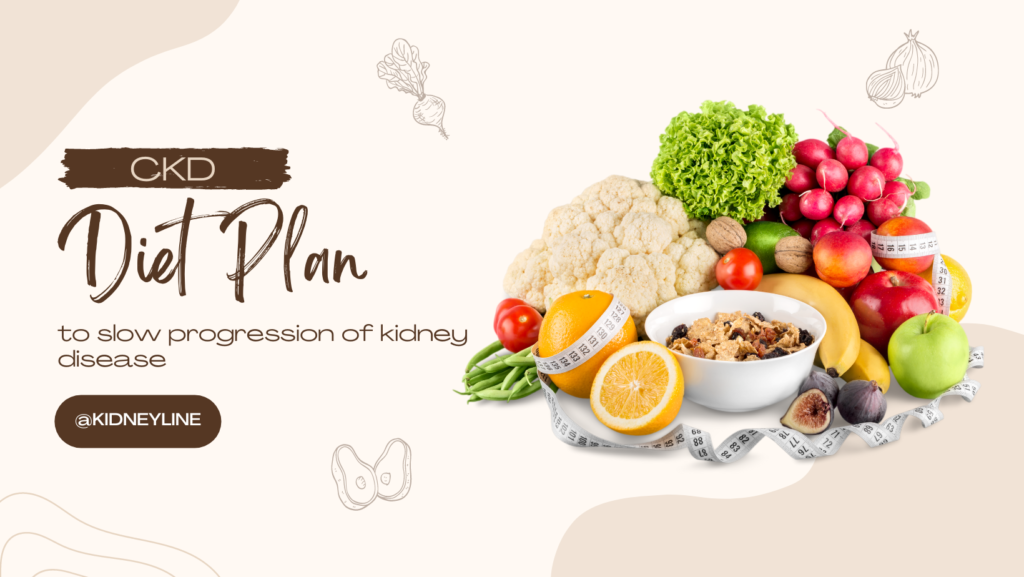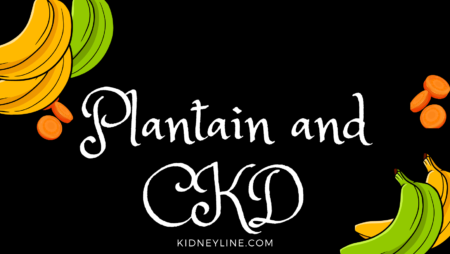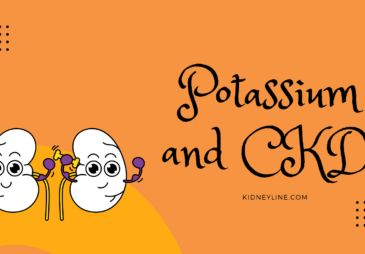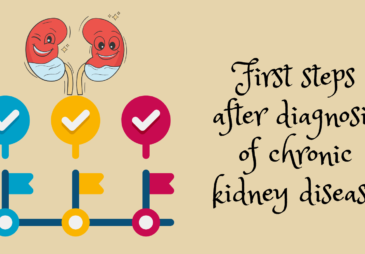The question of what to eat never ends when it comes to chronic kidney disease (CKD). So, what about plantains? Yes or no?
Like always, the answer can be complicated. This is because what you should eat or avoid in CKD depends mainly on your numbers. No two persons are the same. Some people with CKD have high potassium levels, some have normal levels, and some even have low potassium levels. The same goes for the phosphate levels.
This post looks at the nutritional values of plantain to help guide you. But remember, it’s always best to work with a dietitian to develop a diet plan.
Let’s talk a bit about plantains.
Plantains are starchy fruits that look like bananas. They are green, but as they mature and ripen, they turn yellow and then black. All stages of plantain are used as food. Many people believe that green plantains are healthier than yellow plantains. But they all have carbohydrates, although the concentration of some of the nutrients change through the ripening process.
Plantains are rich in carbohydrates and vitamins A, B, and C. They are also a great source of fiber and antioxidants. But plantains also contain a lot of potassium, just like bananas, and this is why caution is often needed when you have CKD.
People who have CKD sometimes have difficulty regulating their potassium levels. They are at risk of having high potassium levels, which puts them at risk of a heart attack. As a result, your doctor and dietitian may recommend a low-potassium diet.
If you are on a low-potassium diet, it may be challenging to have plantains without upsetting the balance. If you do include plantains in your meal, it is important to monitor your other meals to ensure you don’t shoot past your allocated quantity. Remember that potassium is still essential; you don’t want to take too much of it.
In the early stages of kidney disease, you’ll probably be able to take plantains without much trouble.

Green plantains versus yellow plantain in CKD.
Green plantains and yellow plantains are both excellent sources of carbohydrates, minerals, and vitamins. However, there are some differences in their composition.
Green plantain contains more resistant starch. This kind of carbohydrate does not digest easily. In contrast, most of the starch has been converted into sugars during ripening. So, the yellow plantains have less starch and more sugars.
Although yellow plantains are still a great source of fiber, they have a lower fiber content than green plantains.
Both green and yellow plantains are rich in potassium. They contain more potassium than bananas. But when both are compared, yellow plantains are said to have more potassium and magnesium than green plantains.
Are plantains allowed in a CKD diet?
If you’re on a low-potassium diet, you have to limit your intake of plantains seriously. And when you take them, you need to monitor your other meals to make sure you’re not unwittingly taking more potassium than recommended.
But even if you are not on a low-potassium diet, you still need to employ some caution. Cardiovascular problems are common problems people with CKD encounter, and many meals made from plantain may not be heart-friendly. This is particularly important if you like them fried, especially the chips.
Fried plantain is calorie-dense and may lead to weight gain. Plantain chips frequently contain a lot of salt, which is not heart friendly.
So, even if you are not on a low-potassium diet, it is crucial to choose healthy recipes. Consider boiling or grilling your plantain. And if you like them crispy, try using an air fryer instead.
Benefits of plantain
Plantains are a great source of energy. The amount of calories you get from it depends on your cooking method.
Because plantains are rich in fiber, they are great for the digestive system.
Plantains provide the body with vitamins and antioxidants. CKD is an inflammatory state, and anti-oxidants can help protect body cells from the harmful effect of free radicals. Other useful sources of antioxidants are bell peppers, apples, and berries.
Bottom line
Plantains are great sources of energy, fiber, minerals, and vitamins. But they are rich in potassium and may require some planning to fit it into your diet. Working with a dietitian can help you plan your meals for the best outcome.




